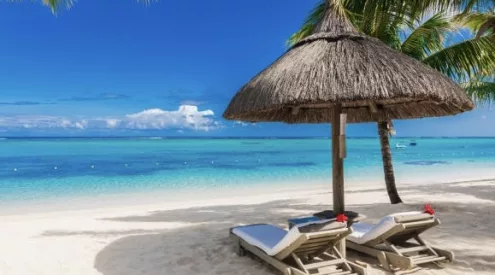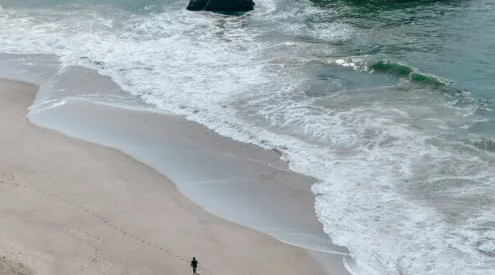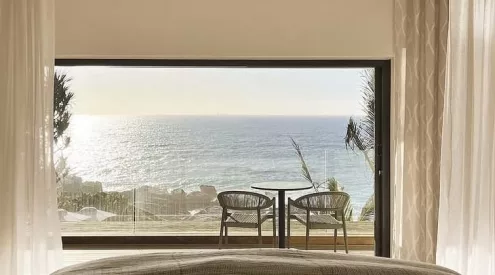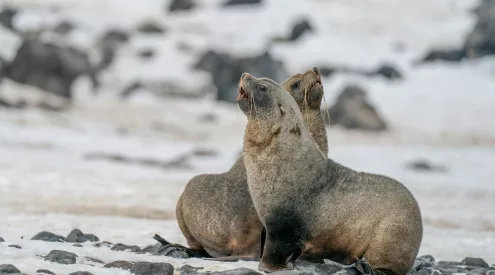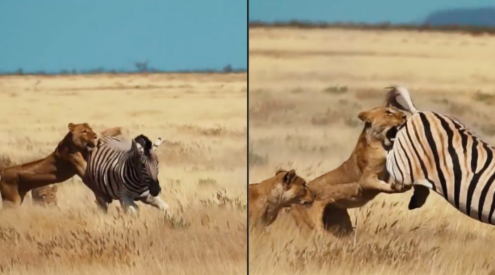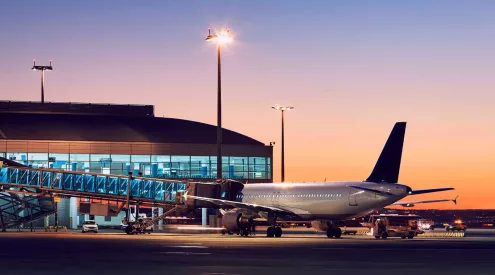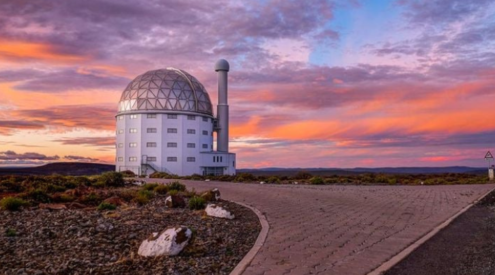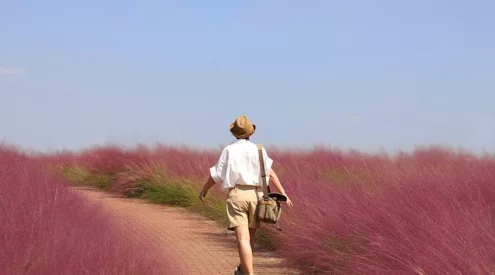Find out the science behind why Cape Town is to kiters what Hawaii is to surfers.
‘The prevailing weather in summer comprises the South Atlantic high-pressure system sitting a lot more south,’ explains weather guru, professional surf forecaster and founder of Wavescape.co.za, Steve ‘Spike’ Pike.
Spike has been a forecaster and weather consultant for the most prestigious big air kiteboarding contest in the world – Red Bull King of the Air, for some time now.
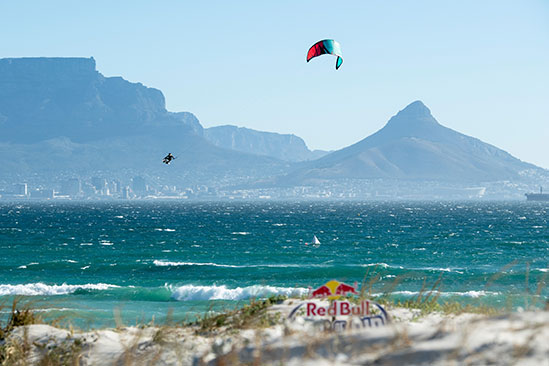
Kevin Langeree seen during the Red Bull King of the Air in Cape Town, South Africa on February 6, 2019. Image credit: Craig Colesky/ Red Bull Content Pool.
‘Cape Town is situated along the eastern edge of this anti-cyclonic system. Simplistically, the counter-clockwise flow around the High forms the basis for the summer southeast trade wind that blows during summer. The dry, denser air that creates the High pressure also means sunny, dry weather,’ he says, which explains why Cape Town hosts Red Bull King of the Air every year.
In simple terms, this makes for warm, sunny days and consistent, strong winds.
‘The interplay between areas of high and low atmospheric pressure form the basis for ocean weather patterns. High pressure (above 1,013 millibars) comprises cool dry air that is sinking (creature more pressure on the sea surface).
The air around high pressure moves counter-clockwise. Low pressure (below 1,013mb) is warm air that is rising. Air around the Low moves clockwise.
Air moves from high pressure towards low pressure (to replace the rising air) and this creates wind. As the land heats up, more air is rising off the land and the pressure gradient between the two increases, making the air flow faster, and therefore the wind stronger, which is why the Southeaster is often at its strongest in the afternoon.’
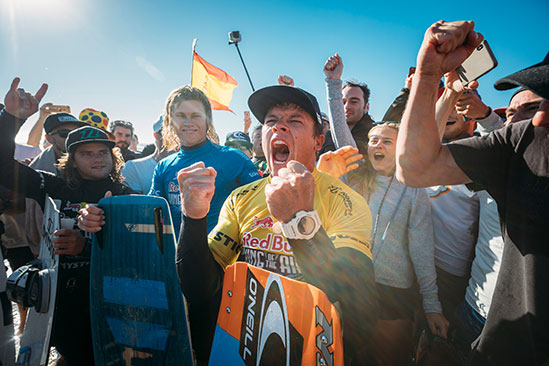
2018 Red Bull King of the Air winner Kevin Langeree at the competition in Cape Town on February 6, 2019. Image: Ydwer van der Heide/ Red Bull Content Pool.
The west-coast section of Cape Town – from Milnerton, up past Table View, Big Bay and beyond – runs in a similar direction to the southeast wind, meaning the winds are blowing across the beach, not onshore or offshore.
‘This means that the riders can tap the wind back and forth parallel to shore, riding across the nearshore surf line,’ Spike says.
This also means they can power up along the wave face for long periods of time, creating epic wave-riding opportunities. ‘Unlike most European countries, which go totally flat for months in their summer season, South Africa has plenty of swell during summer.’
ALSO READ
Get on board with Cape Town’s Wavescape Surf and Ocean Festival

